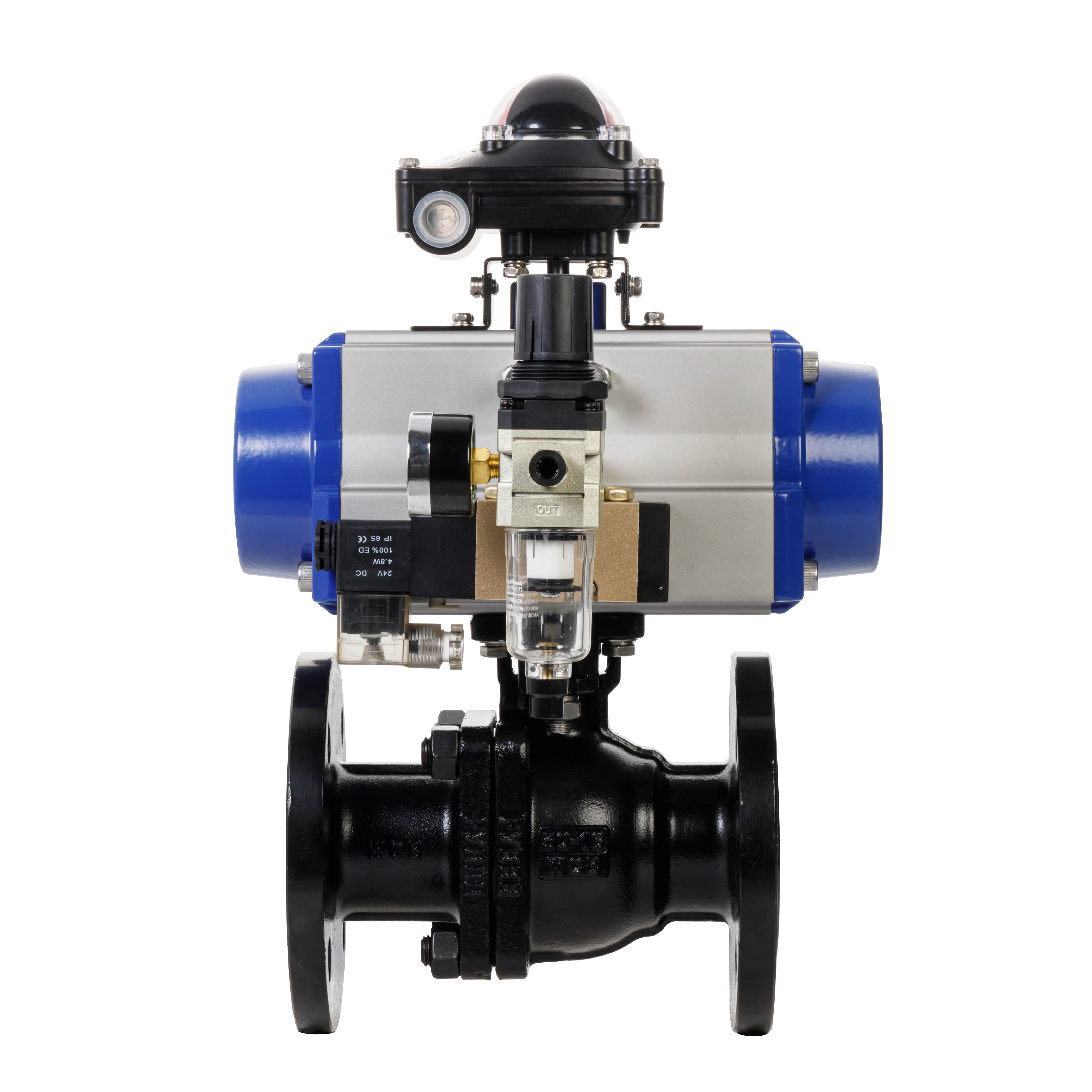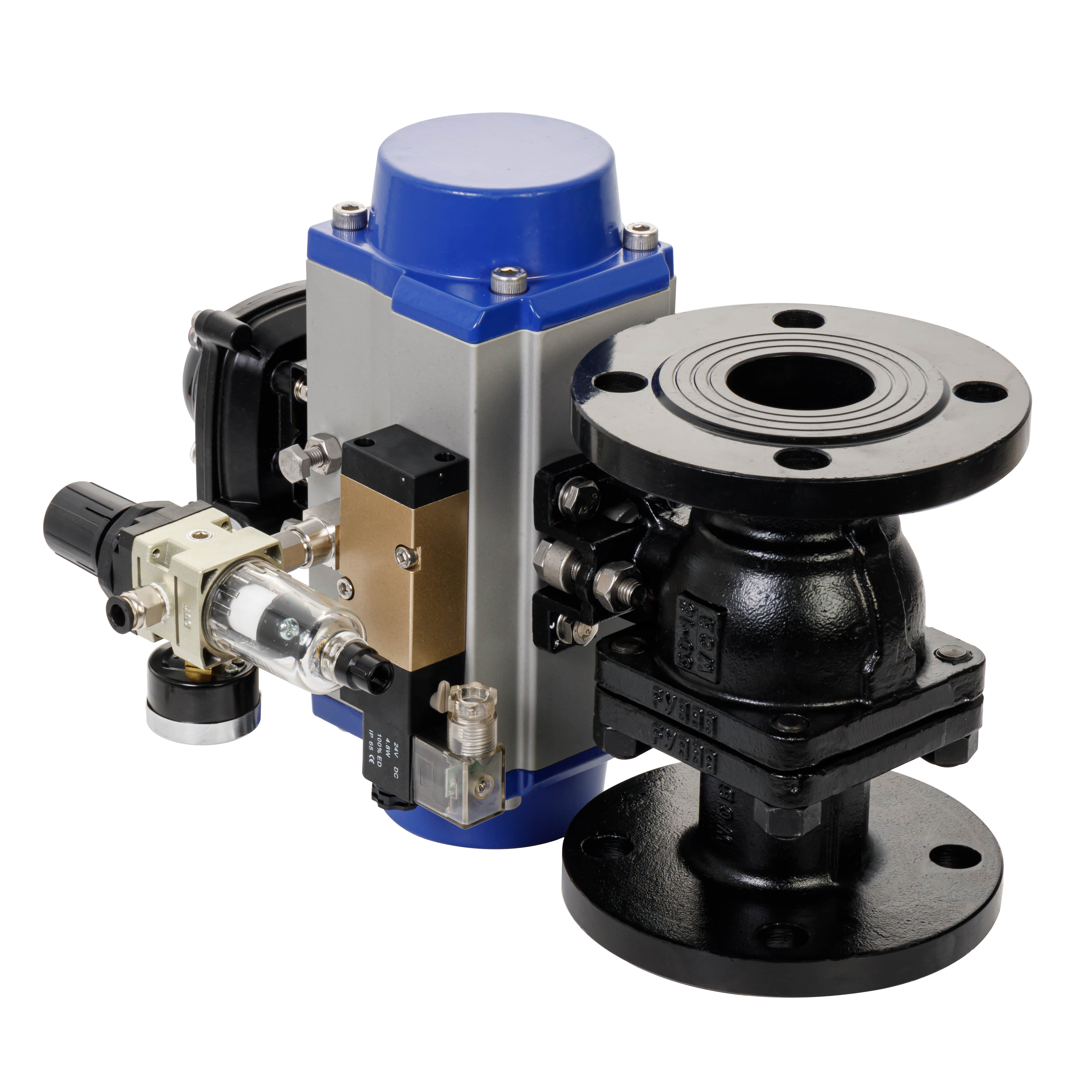understanding the wcb pneumatic ball valve: a key component in industrial automation
Release time:2024-11-15 09:52:51
In the realm of industrial automation, control systems play a pivotal role in maintaining operational efficiency and safety. Among various control components, theWCB Pneumatic Ball Valvestands out for its reliability, versatility, and effectiveness in managing fluid flow. This article delves into the features, benefits, applications, and operational principles of WCB Pneumatic Ball Valves, providing a comprehensive overview for engineers and industry professionals.

What is a WCB Pneumatic Ball Valve?

The WCB Pneumatic Ball Valve is a type of valve that uses a spherical disc to control fluid flow. The ball has a hole or port through its center, allowing for fluid passage when aligned with the pipeline. The valve operates by rotating the ball 90 degrees using pneumatic actuators, which are powered by compressed air. The WCB designation often refers to the valve's construction material, which is typically a type of carbon steel known for its strength and durability, making it suitable for high-pressure and high-temperature applications. Key Features




